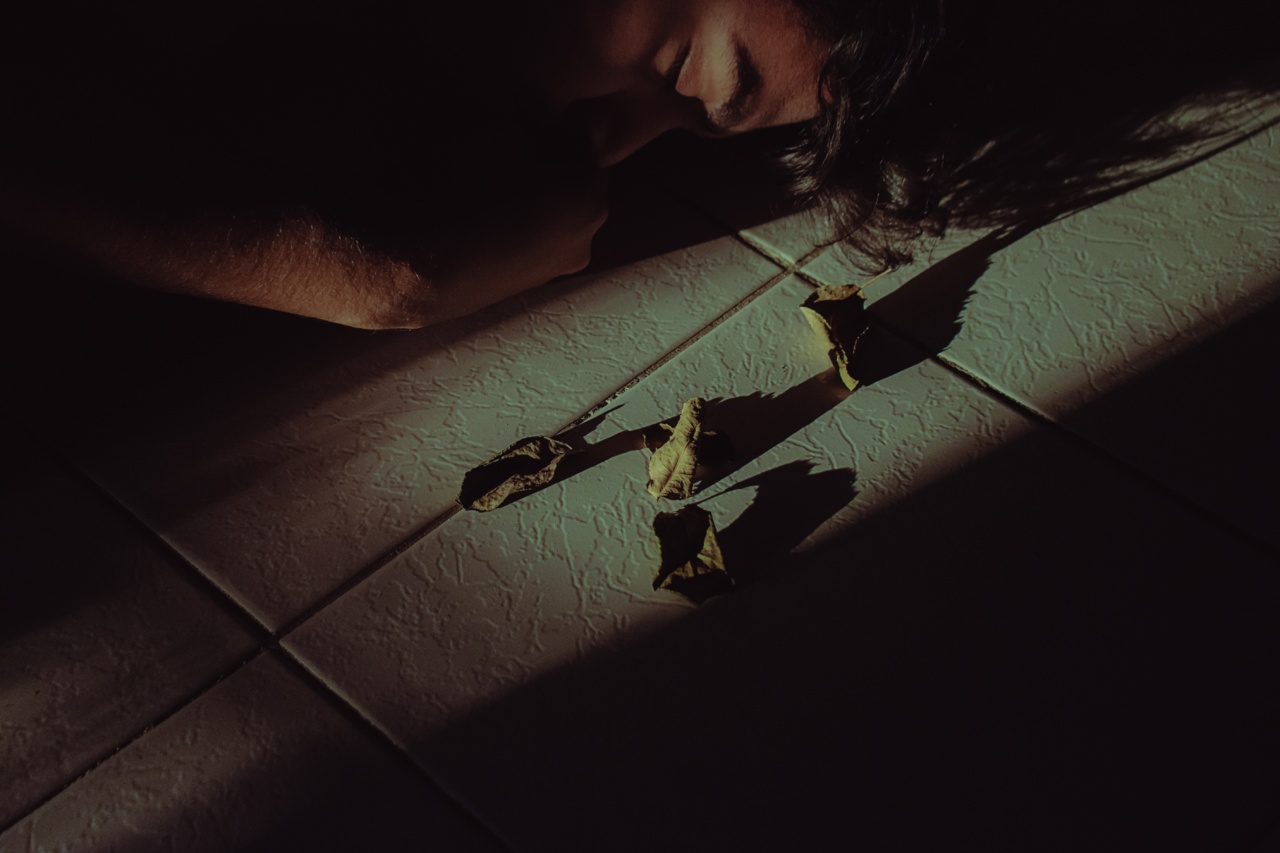Sleep is a vital component of our overall well-being, allowing our bodies to rest and rejuvenate. However, in today’s technology-driven world, many of us are guilty of sleeping with lit lights nearby.
Whether it’s the glow of a television, smartphone, or even a night light, scientists are now warning of the potential health consequences of such habits. In this article, we will delve into the findings of extensive research and explore the detrimental effects that sleeping with a lit light can have on our physical and mental health.
The Connection Between Light and Sleep
In order to understand the implications of sleeping with a lit light, it’s essential to grasp the connection between light exposure and sleep.
Our bodies have an internal clock known as the circadian rhythm, which regulates various biological processes, including our sleep-wake cycle.
Light, particularly natural light and its different wavelengths, plays a crucial role in signaling our bodies when it’s time to wake up or wind down for sleep.
Specifically, exposure to blue light, which is abundant in electronic devices and energy-efficient light bulbs, can interfere with our circadian rhythm and reduce the production of melatonin, a hormone responsible for inducing sleep.
Disruption of Melatonin Production
One of the most significant health consequences of sleeping with a lit light is the disruption of melatonin production.
Several studies have indicated that exposure to artificial light, especially blue light, decreases the production and release of melatonin, making it harder to fall asleep and stay asleep.
This melatonin suppression not only affects the duration of our sleep but also its quality. When our sleep is disturbed by a lit light, we may experience fragmented sleep, frequent awakenings, and difficulty entering deep, restorative sleep stages.
The inadequate production of melatonin can lead to various sleep disorders, including insomnia, sleep apnea, and restless leg syndrome.
Impact on Sleep Disorders
Sleep disorders are already prevalent in society, affecting millions of individuals worldwide. By constantly exposing ourselves to lit lights during sleep, we are exacerbating these disorders and potentially developing new ones.
Insomnia, characterized by difficulty falling asleep or staying asleep, is one of the most common sleep disorders linked to sleeping with lit lights.
The bright screens of electronic devices emitting blue light can stimulate the brain, making it harder to relax and initiate sleep. Chronic insomnia, in turn, can lead to a variety of health issues, including depression, anxiety, and impaired cognitive function.
Moreover, sleep deprivation resulting from prolonged exposure to lit lights can have serious consequences for our physical and mental well-being.
Fatigue, a weakened immune system, weight gain, and an increased risk of chronic conditions such as cardiovascular disease and diabetes are just a few examples of the potential health risks associated with inadequate sleep.
The Importance of Creating a Sleep-Friendly Environment
To mitigate the health consequences of sleeping with a lit light, it’s crucial to create a sleep-friendly environment.
This includes implementing strategies to minimize exposure to artificial light and promoting a relaxing atmosphere conducive to sleep.
Here are some effective measures you can take:.
1. Limit Screen Time Before Bed
Avoid using electronic devices, such as smartphones, tablets, or laptops, at least one hour before you plan to sleep. This allows your brain to wind down and melatonin levels to rise naturally.
2. Use Blue Light Filters
Many electronic devices now offer built-in blue light filters or apps that can be downloaded to block or reduce the emission of blue light. Utilize these features to minimize the impact of artificial light on your sleep.
3. Opt for Dim Lighting
Switch to soft, warm lighting in the evening, mimicking the natural light associated with sunset. Avoid bright overhead lights and opt for lamps with dimmable bulbs.
Creating a cozy atmosphere can help signal to your body that it’s time to unwind and prepare for sleep.
4. Invest in Blackout Curtains or Eye Masks
If you are exposed to external sources of light, such as street lamps or sunlight, consider investing in blackout curtains or wearing an eye mask.
These can help block out unwanted light and create a darker sleeping environment, promoting optimal melatonin production.
5. Pick a Sleep-Friendly Night Light
If you prefer having a night light in your bedroom, choose one with a soft, warm glow and low brightness. Avoid lights that emit blue or bright white light, as these can interfere with your sleep quality.
6. Establish a Relaxing Bedtime Routine
Create a consistent nighttime routine that helps your body relax and prepares it for sleep. This can include activities such as reading a book, taking a warm bath, or practicing relaxation techniques such as meditation or deep breathing exercises.
7. Make Your Bedroom a Sanctuary
Ensure your sleep environment is comfortable, cool, and free from distractions. Use calming colors, invest in a supportive mattress and pillow, and remove any electronic devices or stimulating elements from your bedroom.
By associating your bedroom with rest and relaxation, you can enhance your sleep quality.
8. Seek Professional Help
If you are struggling with sleep disorders or find it challenging to modify your habits, consider seeking help from a sleep specialist or healthcare professional.
They can provide tailored guidance and recommend appropriate interventions to improve your sleep health.
Conclusion
Sleep is a fundamental pillar of our well-being, and ensuring a conducive sleep environment is essential for optimal health.
Sleeping with a lit light can disrupt our natural sleep-wake cycle, suppress melatonin production, and contribute to the development or worsening of sleep disorders. By prioritizing sleep hygiene and creating a sleep-friendly environment, we can safeguard our overall health and well-being.






























